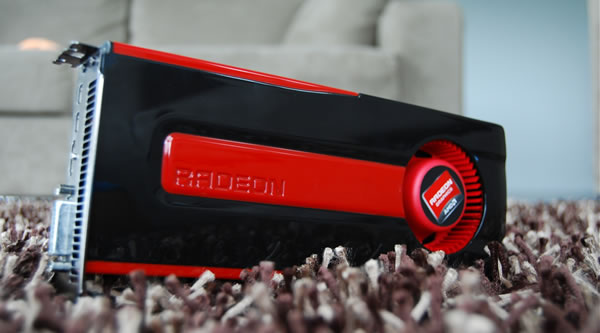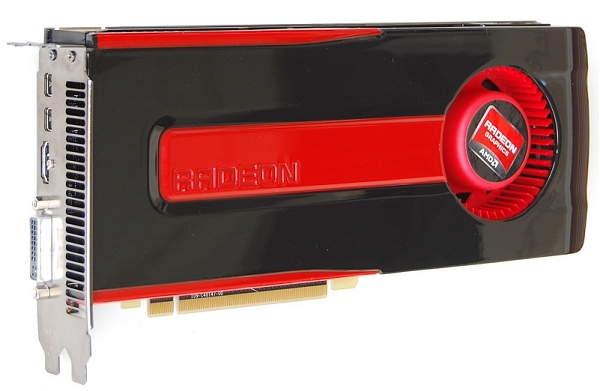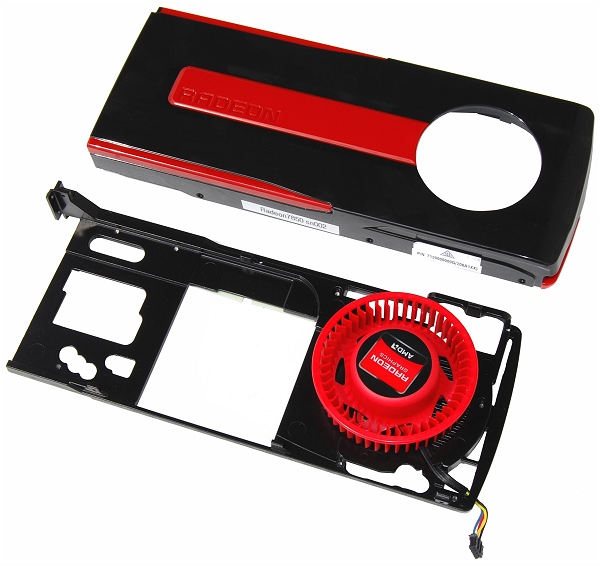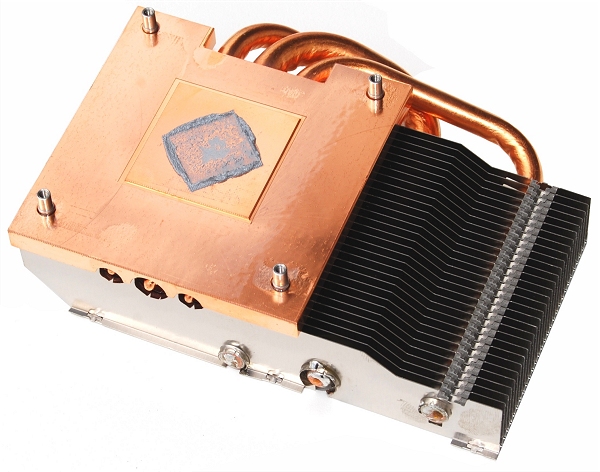AMD's latest generation GPU series is really starting to take shape now. Having been blown away by the performance of the Radeon HD 7900 series and then let down by the steep pricing of the HD 7700 series, we are keen to see what AMD has to offer with the new HD 7800 series.
Today marks the release of the 'Pitcairn' GPUs (code-name) which make up the the Radeon HD 7800 series. As you would expect the series consists of two GPUs: the Radeon HD 7870 and Radeon HD 7850, designed to occupy the ample $200 to $400 range.
Like its higher and lower-end siblings, the new HD 7800 series is built using the 28nm design process and is also based on AMD's Graphics Core Next architecture.

A brief Radeon 7000 series recap
Back in January, the 'Tahiti' GPUs, better known as the Radeon HD 7900 series, was released to become the fastest single GPU on the market. At the top of the food chain, the Radeon HD 7970 and HD 7950 are exceptionally fast GPUs and with a retail price of $549 and $449, respectively, AMD is making sure gamers pay top dollar for those high frame rates.
Next up we were faced with the Radeon HD 7700 series which went by the codename 'Cape Verde'. This mainstream series featured the Radeon HD 7770 and HD 7750, which are much more affordable at $159 and $109. Although they did deliver solid performance for bottom of the range gaming graphics cards, the price vs. performance ratio was less than stellar.
As a result existing graphics cards such as the GeForce GTX 560 and even AMD's own Radeon HD 6850 represent a better value. On the bright side, the performance per watt of these lightweight 28nm GPUs was remarkable and should AMD revise their pricing they could become amazing mainstream offerings.
Radeon HD 7870 in detail
The Radeon HD 7870 is surprisingly compact as it measures 24cm long (9.4 in), which is 1 centimeter shorter than the old HD 6870. For reference, the Radeon HD 7900 series cards measure 27cm long (10.6 in) making them difficult if not impossible to install into smaller mid-size ATX computer cases.

The GPU core is clocked at 1000MHz, 11% higher than the HD 6870, and the GDDR5 memory operates at 1200MHz (4.8GHz DDR), which is 14% higher than the HD 6870. The HD 7870 is paired with a 256-bit wide memory bus providing a theoretical bandwidth of 153.6GB/s or 14% more memory bandwidth than the HD 6870.
While the HD 6870 typically came loaded with a 1GB frame buffer, the 7870 has been upgraded to 2GB. We've found that when using multi-monitor setups at extreme resolutions, the larger buffer of AMD's cards provide a significant advantage over Nvidia's, which are limited to 1536MB for the most part.

The HD 7870's core configuration also differs from the 6870's. The new card carries 1280 SPUs, 80 TAUs and 32 ROPs, up 14% from 1120 SPUs and 43% more TAUs from just 56.
Like the Radeon HD 7970 flagship, the HD 7870 adopts the 28nm design process and is also PCI Express 3.0-compatible. The new interface spec doubles its predecessor's bandwidth to 32GB/s. Unfortunately, no current processor or chipset supports this technology, so we'll have to test it down the road.

Cooling the 'Pitcairn XT' GPU is a small aluminum heatsink with 30 fins measuring 11cm long, 6cm wide, and 2.5cm tall. The heatsink is equipped with a thick copper base and three copper heatpipes which help to quickly extract heat from the base of the cooler.


There is a large heat spreader that covers most of the card and is designed to cool the card's GDDR5 chips. Heat is dispersed by a 75x20mm blower type fan that pulls air in from the case and pushes it out the back.
The HD 7870's fan operates quietly for the most part, but despite the card's impressive idle consumption, it still chugs up to 175 watts under load, so the fan does kick up during a heavy gaming session.
The heatsink and fan are enclosed in a custom housing that conceals the front side of the graphics card, a common practice for AMD's flagship products and one we tend to like.

To feed the card enough power, AMD has included a pair of 6-pin PCI Express connectors – the same setup you'll find on the HD 6950 and GTX 570 and other demanding boards.
Naturally, the HD 7870 supports Crossfire, though there is just a single connector meaning it is only possible to pair two cards. The only other connectors are on the I/O panel. Our reference sample has a dual DL-DVI connector, a single HDMI 1.4a port and two mini-DisplayPort 1.2 sockets.
All HD 7870s can support a max resolution of 2560x1600 on up to three monitors. With a multi-stream hub using the mini-DisplayPort 1.2 sockets, the card can power up to six screens.
